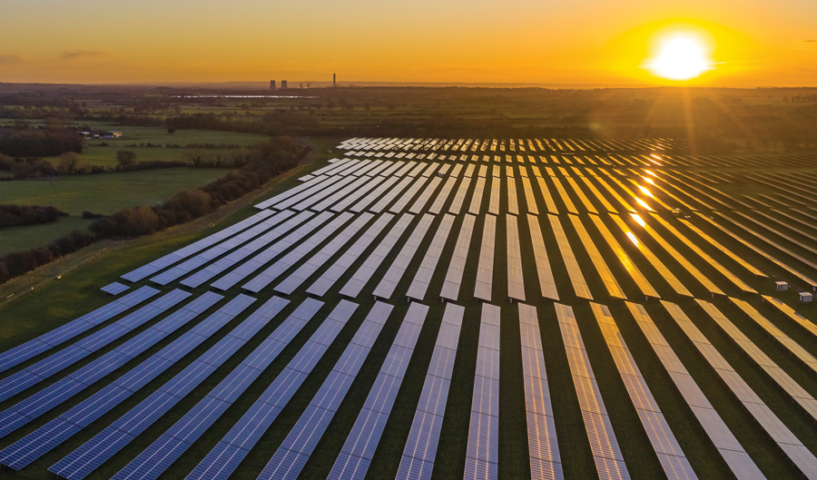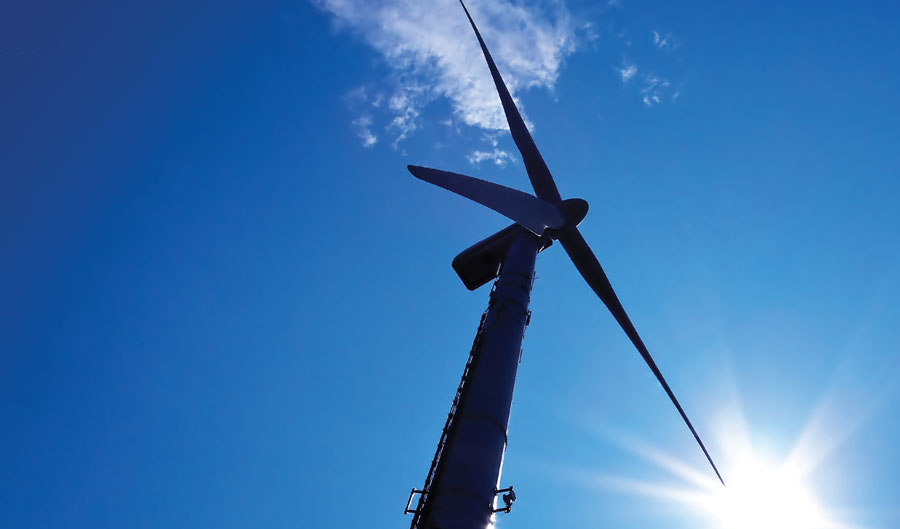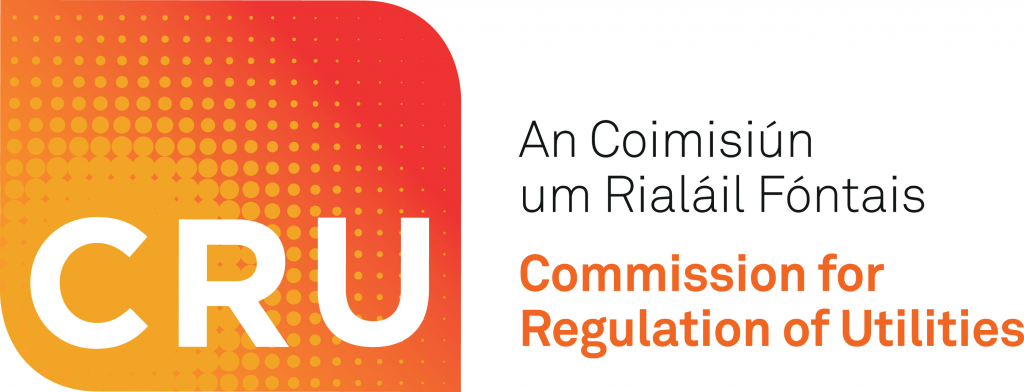
RESS 3: Low levels and higher prices
9th October 2023
Storage research key to reliability
6th October 2023Electricity consumption flexibility key to decarbonisation

The Commission for Regulation of Utilities recently published a new strategy to reduce the carbon intensity of energy demand in Ireland.
For Ireland to meet its carbon emissions targets for the energy sector, as set out in the Government Climate Action Plan 2023 (CAP23), it will be necessary for electricity demand to become more flexible. This demand flexibility will allow energy customers to optimise their use of renewable generation and reduce demand during times of high-carbon intensity generation on the electricity grid.
The objective of the strategy is to support electricity customers to move their consumption to times that will reduce carbon emissions, even as the expected energy demand increases in Ireland over the next number of years. This will provide a better pathway to reducing greenhouse gas emissions in line with the legally binding carbon sectoral emission limits.
The new strategy will address how customer groups can be facilitated to bring greater flexibility to their electricity consumption, leading to decarbonisation, enhanced security of supply, and lower system costs.
This strategy will also consider options for new large demand connections, to invest in more flexible solutions, and for customers to move their consumption away from times of high carbon intensive generation.
The first phase of the strategy will consist of three key areas:
Smart meters and services: Targeted at putting in place measures that will encourage greater flexibility among domestic customers and smaller business customers. The first step in this is to incentivise the further uptake of smart time of use tariffs. As of April 2023, approximately 7 per cent of consumers with a smart meter avail of a time of use tariff. Given the benefits of time of use tariffs to consumers, the environment, and the electricity grid, the CRU is proposing a number of measures to incentivise further uptake. These include:
• amending the Price Comparison Website accreditation framework to allow consumers to upload their smart meter data to receive a personalised price comparison;
• implementing an Estimated Annual Bill for all time of use tariffs; and
• increasing the limit on the number of time of use tariffs that suppliers are allowed to offer to domestic customers from four to eight.
Demand flexibility and response: Putting in place schemes to incentivise the provision of demand response at certain times, or system conditions. This is led by ESB Networks’ National Network Local Connections Programme, which is targeting scenarios to provide for increased flexible system demand. In response to the accelerated targets that are set out in CAP23, and the commitment made by ESBN in its Networks for Net Zero Strategy, ESBN has developed a set of evidence-based scenarios exploring possible pathways to achieve Ireland’s national target of 15 to 20 per cent flexible demand by 2025. Each of these scenarios reflect a different way in which the step change needed to deliver on 2025 demand side flexibility and carbon abatement targets could be achieved.
“The past winter has shown good progress in terms of reducing demand at peak times and a new Energy Demand Strategy is the next foundation piece to this transition.”
Head of Development for Solar and Battery, Daniel Barnes
New demand connections: Targeted initially at very large energy users (LEUs) seeking to connect to the electricity or gas network. This will include a review to provide a pathway for new LEU connections to the electricity and gas systems, which minimises the impact on national carbon emissions. This may be through the provision of connections which are low to zero carbon emissions, or bring significant flexibility by a LEU when they connect to the electricity or gas network. This area will seek to dramatically lower the carbon intensity of our future economic growth, working with industry to align their own decarbonisation targets and strategies with the national frameworks within which they operate.
Commenting on the Energy Demand Strategy, Commissioner Aoife MacEvilly says: “As we transform our electricity system to a high renewables, low carbon system, we also need to develop more flexible demand. Customers can benefit from using electricity at times of high renewables, while also helping us achieve our carbon targets.
“The past winter has shown good progress in terms of reducing demand at peak times and a new Energy Demand Strategy is the next foundation piece to this transition. This will provide a clear pathway for increasing the flexibility of all customer groups to moving their demand from times of high demand and carbon intensive generation to times of lower demand and higher renewables sources of generation.”
The Energy Demand Strategy and the additional proposals were published for public consultation in June 2023, with an extension request to accommodate stakeholders added to the process until the end of August. The CRU is currently reviewing these submissions with a view to publishing the next stage of the Energy Demand Strategy before the end of 2023.
For further information on the CRU Energy Demand Strategy go to www.cru.ie
Commission for Regulation of Utilities
T: 01 4000 800
E: info@cru.ie
W: www.cru.ie


